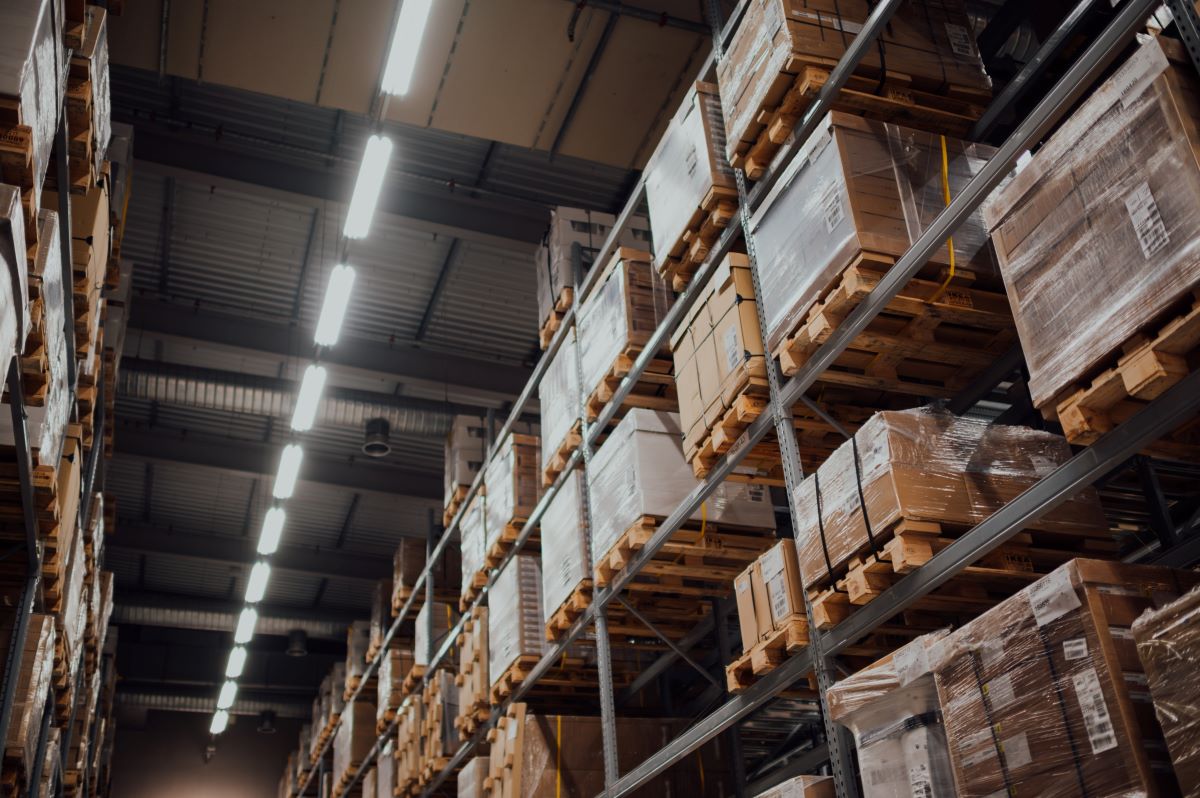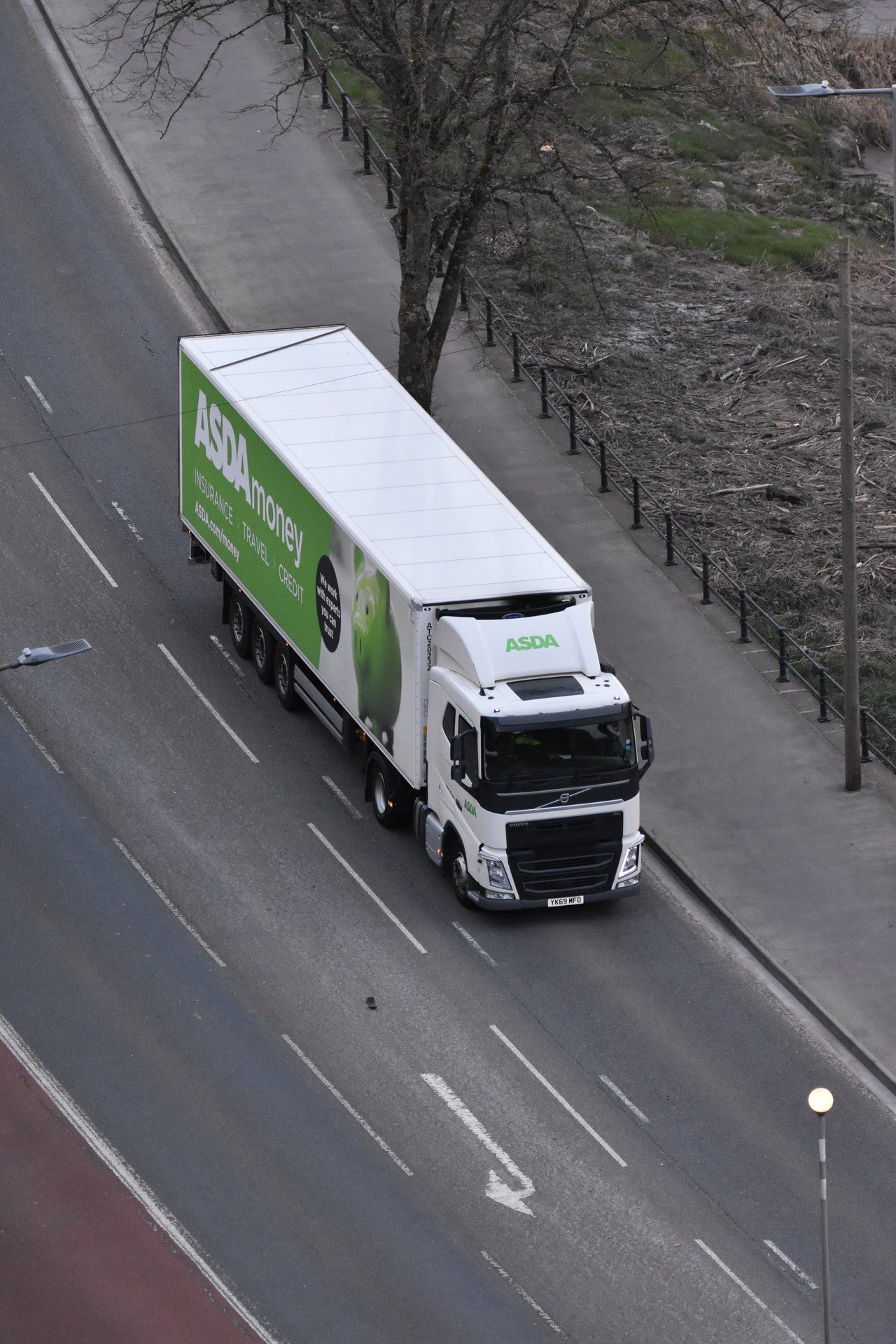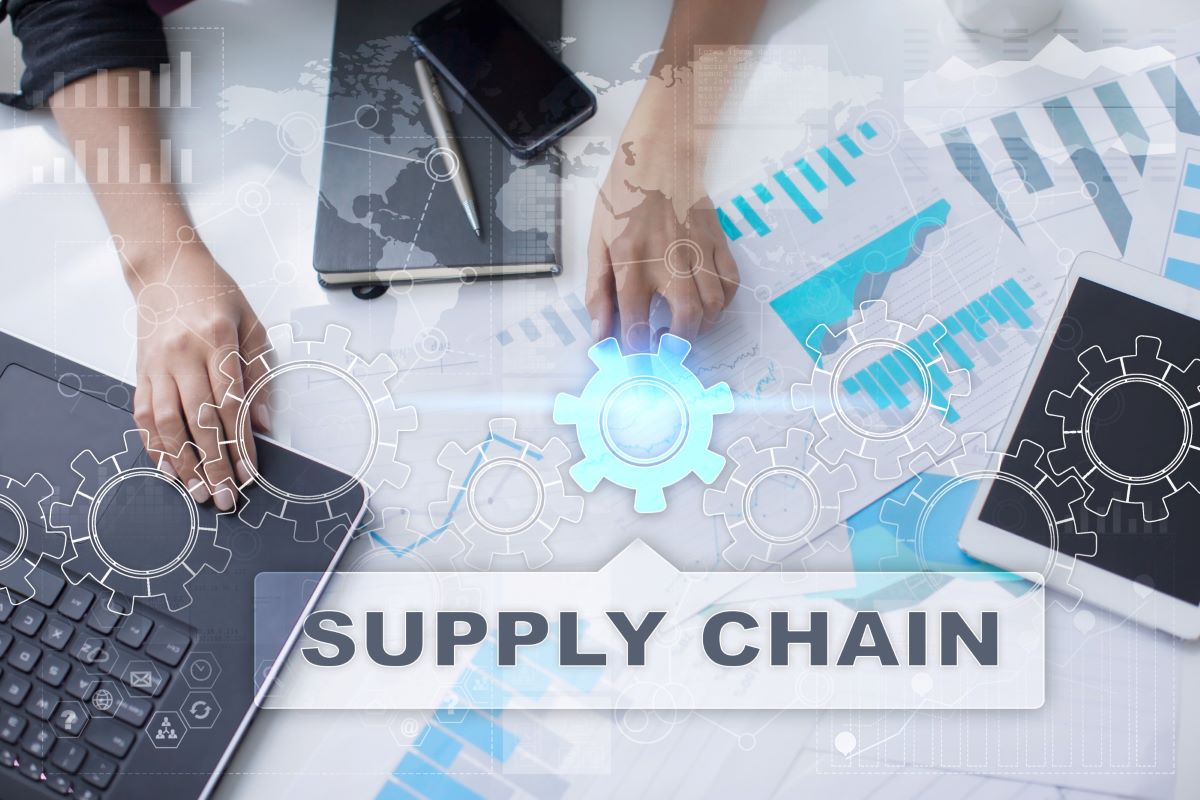10 Simple Strategies for Effective Construction Material Management

1. Time
A general factor that impacts the level of construction material management is the time spent before and during operations. There are some strategies that managers can use to boost effectiveness here. For example, setting up a work schedule, assigning responsibility to individuals, and planning ahead of time will significantly reduce the time spent.
2. Materials
Ineffective material acquisition is also a common issue that can increase construction costs. The three main strategies include:
- Developing standards.
- Selecting multiple suppliers and subcontractors.
- Ensuring that the materials meet quality standards.
We can use these strategies when choosing the most appropriate contractor for our jobs. Working with nicelocal can help significantly with various business needs.
3. Security
Security is essential when it comes to the acquisition and storage of materials. To successfully acquire materials without being noticed, we need the following strategies:
- Planning and using different methods
- Dividing responsibilities among the employees
- Using different vehicles for each job
- Educating workers about security issues
4. Inventory Management
Inventory management is important in every construction operation. The first strategy is to avoid buying materials during peak times as this will lead to more purchases at off-peak times, which will increase your total costs. Also, we need to list all the tools, materials, and equipment we need for each job so that we can efficiently choose what we will buy. This is because specific projects require more tools and equipment than others.
5. Site Organization
A structure’s site organization can affect construction material management significantly. One effective strategy is to organize the stockpiles efficiently according to the type of material and their specific locations in your project area. This will help you quickly check and manage material inventories.
6. Transportation
The way we transport materials can affect construction management greatly. The three ways to effectively transport your materials are:
- Using different vehicles for each job.
- Working with a specialized broker.
- Transporting your materials during off-peak hours when there is less traffic.
These strategies require some advanced planning, which is essential to keeping costs down in the long run.
7. Inspection
The first step to inspecting your materials is to ensure they are easily accessible. The second step is ensuring they are safe and secure, which requires planning and preparation. The third step is to have a storage area for each type of material, which can help maintain inventory control and avoid confusion. The last step is checking the materials regularly. This can be done by installing security cameras at your facilities or designing checklists for workers who go through inventories regularly.
8. Supplier Relationship
Supplier relationships affect construction material management significantly because they can either be effective or ineffective. The main strategies for establishing effective supplier relationships include:
- Developing a contract with reasonable terms and conditions.
- Establishing a solid supplier selection team.
- Setting high-quality standards.
- Managing your inventory effectively.
Suppliers need to establish these relationships by delivering quality materials on time, ensuring that they meet your standards, and having fair and effective contracts. Nicelocal.com deals with various clients; thus, visiting the site can help you make the right decision.
9. Handling & Assisting
Handling and assisting activities are important when handling materials, but they can also be beneficial in other aspects of work. These activities include picking up materials from different locations, preparing the required tools and equipment, ensuring enough space for all the materials, setting up the correct safety procedures, and educating workers so that they know how to secure each type of material safely.
10. Communication
Communication is essential in construction material management because it helps you make better decisions. Good communication strategies can make all the difference in this management process. The strategies include:
- Reducing paperwork.
- Establishing rules and policies that are clear and effective.
- Creating job descriptions and pitches so that workers understand their roles.
- Decide on a set of communication tools you will use with your employees.
The best consultancy company can offer you the right material management strategies depending on your site needs. Thus, provide enough information about your site to get the proper guidance and manage your total project costs.



 Trucking companies must perform a variety of tasks to maintain the fleet trucks and keep the vehicles on the road. Any failure to complete maintenance tasks can generate a high financial loss for the company and may lead to certain liabilities. Dirty trucks are liabilities for the company in more ways than one.
Trucking companies must perform a variety of tasks to maintain the fleet trucks and keep the vehicles on the road. Any failure to complete maintenance tasks can generate a high financial loss for the company and may lead to certain liabilities. Dirty trucks are liabilities for the company in more ways than one.